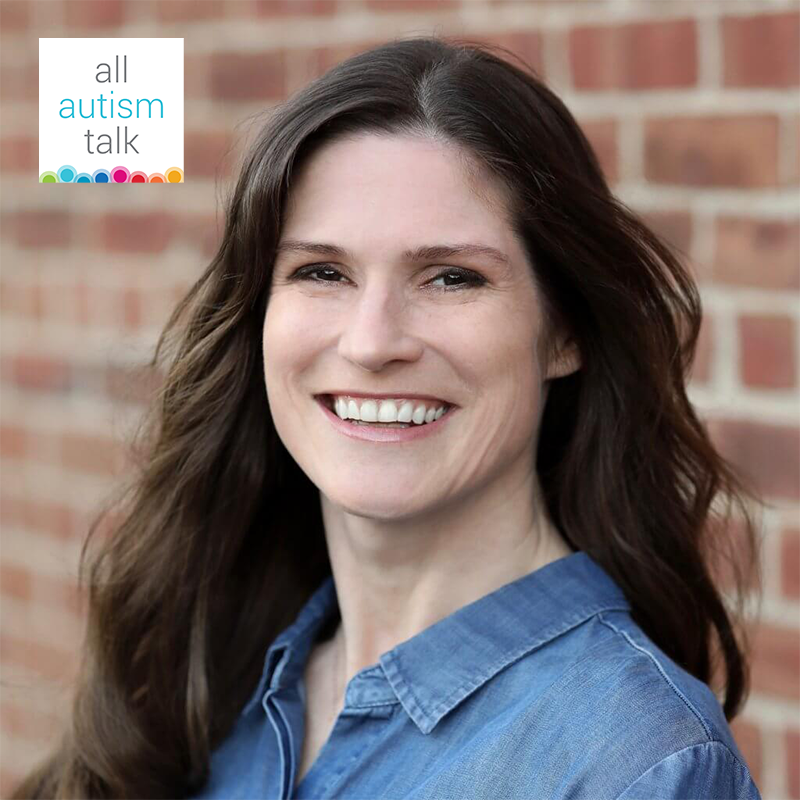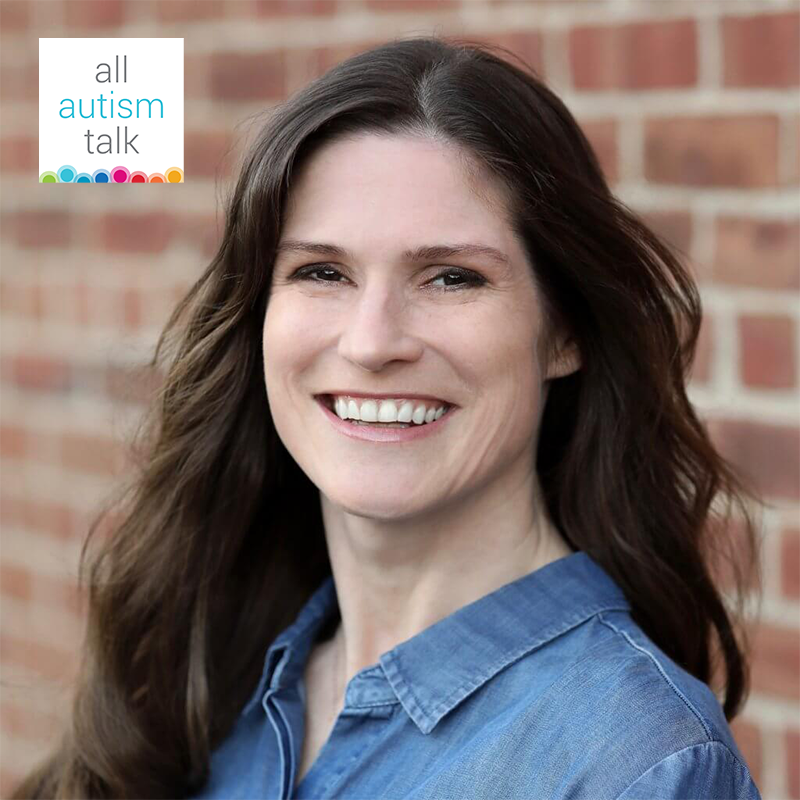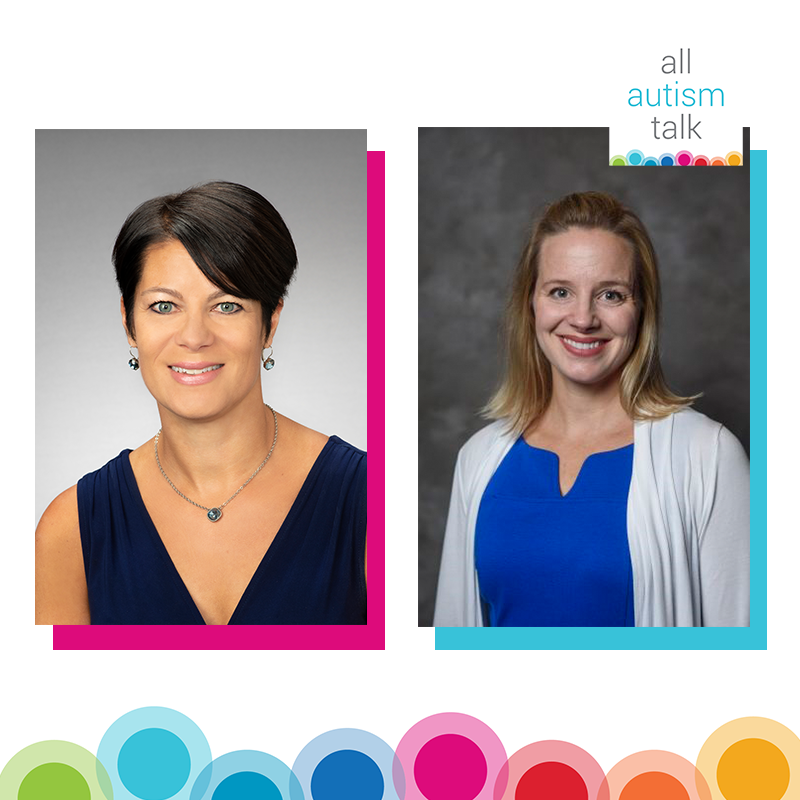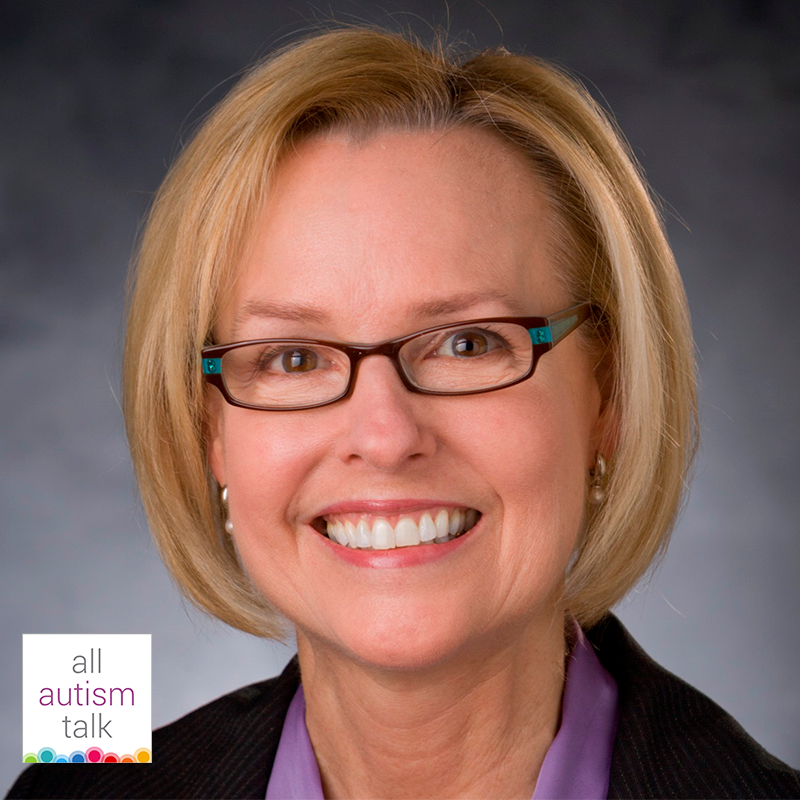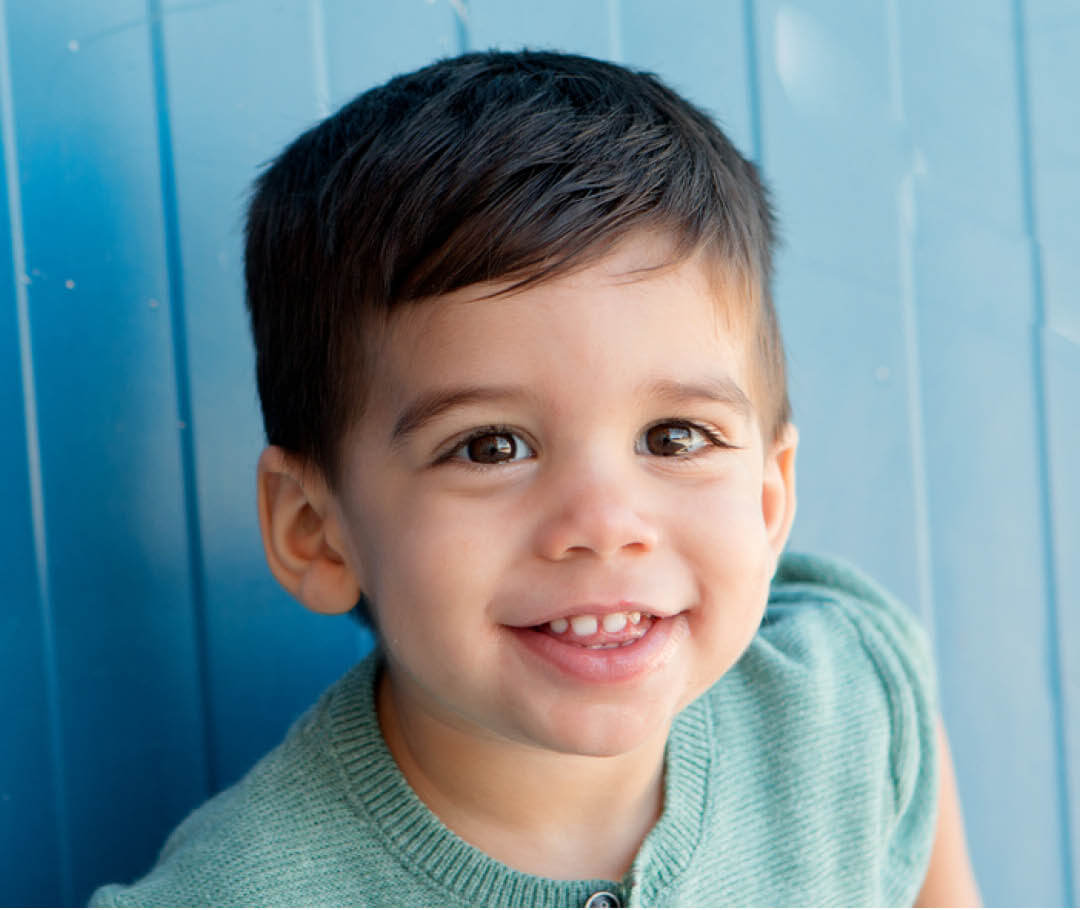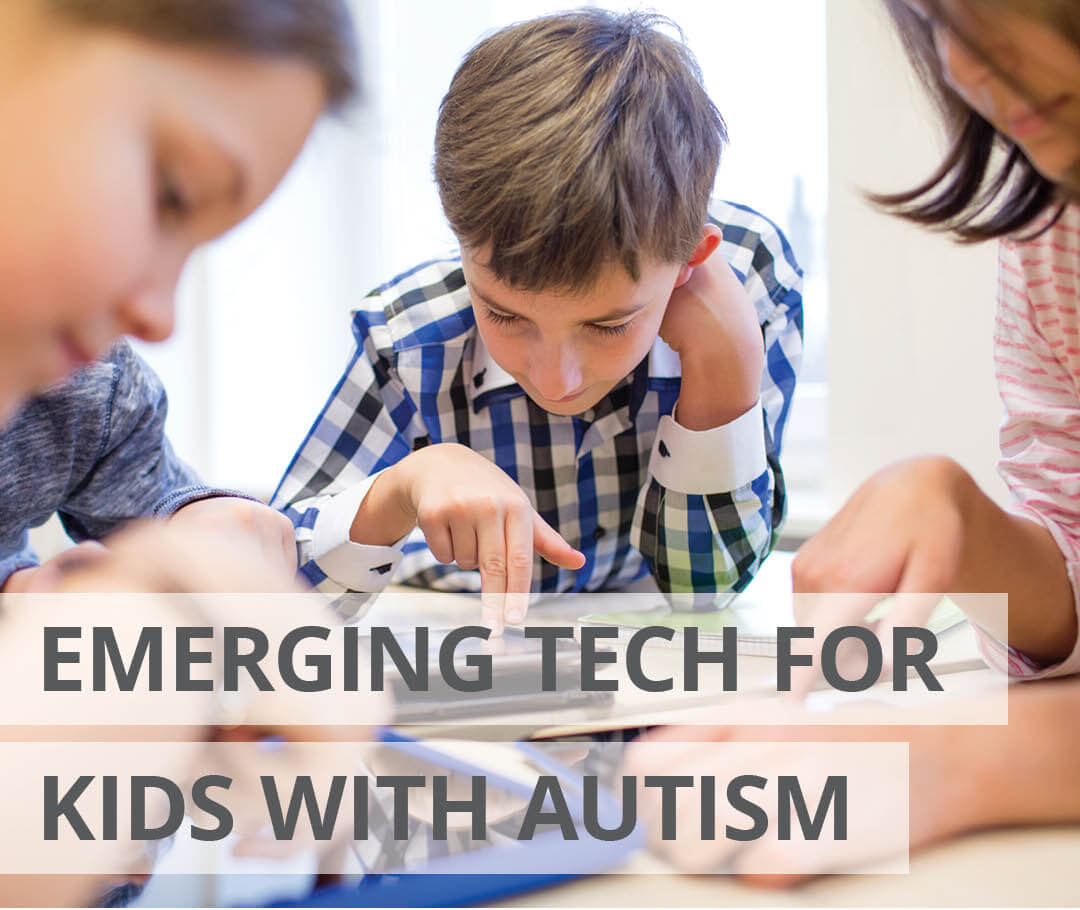By Andrea Ridgway, Ph.D., BCBA-D
When reading a recent article entitled, “The Controversy Over Autism’s Most Common Therapy” published on spectrumnews.org and republished in The Atlantic, I was taken aback by the description of applied behavior analysis (ABA). As a behavior analyst who works with an organization that serves 1,500 families per year, it is not my experience that our programs are controversial rather that they are highly effective and enthusiastically received by families. However, it would be irresponsible to simply dismiss negative perceptions as misinformed or outdated. There is more to this conversation.
How do behavior analysts define ABA? Applied behavior analysis is the process of systematically applying interventions based upon the principles of learning theory to improve socially significant behaviors to a meaningful degree, and to demonstrate that the interventions employed are responsible for the improvement in behavior (Baer, Wolf, & Risley, 1968; Sulzer-Azaroff & Mayer, 1991).
The use of ABA in persons with autism was popularized by Ivar Lovaas, Ph.D. at the University of California Los Angeles (UCLA) where the use of sterile clinic rooms, robotic repetition of learning trials, and highly artificial delivery of awards and punishments were reported. Increasing social skills and decreasing repetitive behavior were among the goals of the UCLA Young Autism Project. Lovaas applied the principles of behavior in the treatment of individuals with autism. However, the interventions he used have been criticized for their harshness and some goals to “normalize” or reduce “autism-like” behaviors have been criticized as inappropriate.
The application of ABA with persons with autism has changed tremendously since Lovaas’ initial research. Effective interventions based on the science of behavior analysis are anything but “one size fits all”. ABA provides a technology to address individual needs; it is not a manualized treatment package that is applied to every child in the same way. Each individual with autism presents with different skill deficits and behavioral excesses, and the reason these behaviors occur varies across individuals.
Behaviors are assessed to determine what purpose (i.e., function) they serve for the individual. Once a behavior analyst determines why a behavior occurs, an intervention plan is developed. For example, one child’s aggressive behavior may be maintained by attention from his parents, and another child’s aggressive behavior may be maintained by escape from non-preferred activities. Therefore, the intervention for aggressive behavior will be different for each child. In order to be effective, intervention programs must be individualized to the needs of the child and the function(s) of the target behavior(s).
At Autism Spectrum Therapies, the design of an ABA program is centered on the individual child’s and family’s goals and the behavior changes necessary to achieve those goals. The child’s and family’s strengths are identified and leveraged in order to achieve success. Maladaptive behavior that is harmful or interferes with learning is replaced with socially appropriate replacement behaviors through reinforcement-based interventions rather than with aversive procedures. Instead of treatment occurring in sterile clinic rooms where the child is drilled with flashcards, intervention is conducted in the natural environment during play and family routines, involving multiple people to ensure generalization of skills in a meaningful way.
Behavior analysts treat the specific behaviors associated with a diagnosis of autism spectrum disorder (ASD) through interventions based on the principles of behavior. Autism is not a behavior; it is a label used to describe the numerous behaviors with varying functions that fall into the diagnostic criteria of ASD. ABA is not a therapy; it is the application of the science of human behavior. Given the countless combinations of behavior that may meet diagnostic criteria for ASD and the number of interventions used to treat these behaviors within applied behavior analysis, it is of little surprise that “there is no one study that proves ABA works”. Intervention outcomes in applied behavior analysis are most commonly measured through single-case research designs where the effects of individualized interventions on one or more behaviors of social significance are evaluated.
Who determines what behaviors are socially significant, if the interventions applied are acceptable, and what degree of behavior change is meaningful? In other words, who determines social validity (Wolf, 1978)? The issue of social validity is at the heart of the controversy over the use of ABA in the treatment of individuals with autism. Society, including clients, caregivers, and other consumers, determines the social validity of behaviors targeted for intervention, procedures used, and outcomes obtained. Behavior analysts merely serve as the vehicle.
Social validity is subjective and society’s perceptions are constantly evolving. While Lovaas’ initial research was initially received as groundbreaking, “normalization” of children with autism and the use of aversive procedures are now viewed by many as unacceptable. As behavior analysts, we need to continually evaluate our proposed treatment goals and procedures. We need to critically evaluate whether or not the behaviors targeted for intervention will actually improve the lives of our clients and that the treatment goals are in line with the client’s and family’s goals. As a field, there is a need to communicate with our clients and their caregivers about the goals, procedures, and results. Most importantly, we need to listen to what they say.
Wolf (1978) predicted that by placing importance on social validity, behavior analysts “will bring the consumer, that is society, into our science, soften our image, and make more sure our pursuit of social relevance” (p.207). It seems as though many behavior analysts have forgotten the importance of social validity. Rather than listening to criticisms of ABA with curiosity and compassion, behavior analysts have publicly gone on the defensive and simply explained why and how critics’ perceptions of applied behavior analysis are wrong. In doing so, we are missing the point. If applications of behavioral principles are not aimed at improving behaviors that clients, caregivers, and consumers view as socially significant or do not improve behaviors in ways which are meaningful, by definition, applied behavior analysis is not being practiced.
I propose we view the controversy surrounding the use of ABA in the treatment of individuals with autism as progress. Controversy can serve as a catalyst for change. Baer, Wolf, and Risley (1968) hypothesized that the dissemination of the applications of behavior analysis “may well lead to the widespread examination of these applications, their refinement, and eventually their replacement by better applications. Better applications, it is hoped, will lead to a better state of society” (p. 91). We have an opportunity and responsibility to respond to our clients, their caregivers, and consumers and advance our field in a way that embraces the changing views that celebrate diversity and individual differences. We can hope that these advancements “lead to a better state of society”, but only society can make that determination.
Baer, D.M., Wolf, M.M., & Risley, T.R. (1968). Some current dimensions of applied behavior analysis. Journal of Applied Behavior Analysis, 1, 91-97.
Sulzer-Azaroff, B. & Mayer, R. (1991). Behavior analysis for lasting change. Fort Worth, TX: Holt, Reinhart & Winston, Inc.
Wolf, M.W. (1978). Social validity: The Case for Subjective Measurement or how applied behavior analysis is finding its heart. Journal of Applied Behavior Analysis, 11, 203-214.


